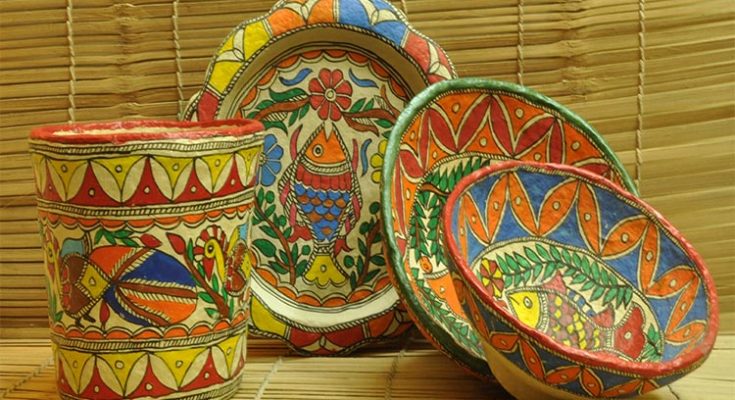Madhubani Painting The hidden artistic delight of India.
Madhubani Art is one of the oldest art forms in India. Having originated in Mithila, a town in present-day Bihar, the art is also known as Mithila Art. Until recent times, very few people were aware of this magnificent art form of India. The tale of how Madhubani was introduced explains why the art has always been ahead of its time. A 2500-year-old art was made famous by King Janak when he asked an artist to capture his daughter's wedding with Prince Ram. Usually painted by women on walls floors of homes during festivals special occasions, the art-form symbolized a major involvement leadership of women and how women were given equal opportunities were appreciated honored for their art talent in history.
It is also surprising how this art was re-introduced to India and to the rest of the world by an Englishman in 1934 after a massive earthquake hit Bihar. This British officer was assigned to inspect the damage caused by the quake when he chanced upon the beautiful paintings on the interior walls of the dilapidated houses.
The techniques that used in the making of Madhubani art are of four types. Katchi Lines, Bharni which includes filling of colors into the block designs, is similar to Katchi but less detailed Kohbar was an art drawn on paper by girls of marriageable age to send to the boy of her choice as a proposal.
This hidden artistic talent of India is now appreciated by the whole world even today is used to give social messages and reveal many historical facts about our ancient civilization.
Penkraft's Madhubani course amalgamates the beauty of this ancient art-form with its practical day-to-day use in today's modern world Madhubani painted daily use objects such as pillowcases, mugs, coasters, wall hangings and such are a delight to behold!

